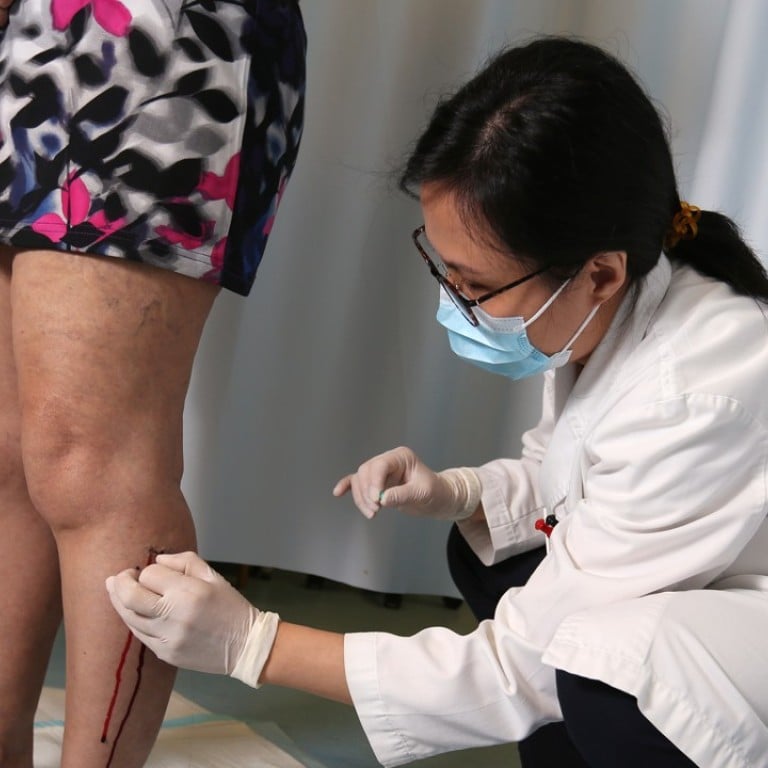
Varicose veins: bloodletting vs keyhole surgery – how Chinese and Western medicine treat the condition
Painful and unsightly, varicose veins can affect adults of all ages. Non-invasive treatments are available under anaesthetic, or a Chinese medicine doctor can draw blood from your veins using a red-hot needle
Hei was only 23 when she noticed knobbly blue veins in the back of her leg. “My colleagues and friends brought it up first. They said the veins were really ugly, and that made me want to cover up,” says Hei, now 28.
Hei has a condition called varicose veins. “Healthy leg veins have one-way valves that ensure blood is transported up to the heart against gravity. But when these valves malfunction and become two-way, gravity is allowed to do its job and blood ends up pooling in the veins, causing an increase in pressure,” explains Dr Chad Tse, a specialist in general surgery.
“This could cause swelling and a feelings of heaviness and fatigue in the legs, cramps, and protruding veins.”
While the condition is usually associated with older people, whose veins have endured more wear and tear over the years, it can also happen to younger people, like Hei, who have family members with varicose veins.
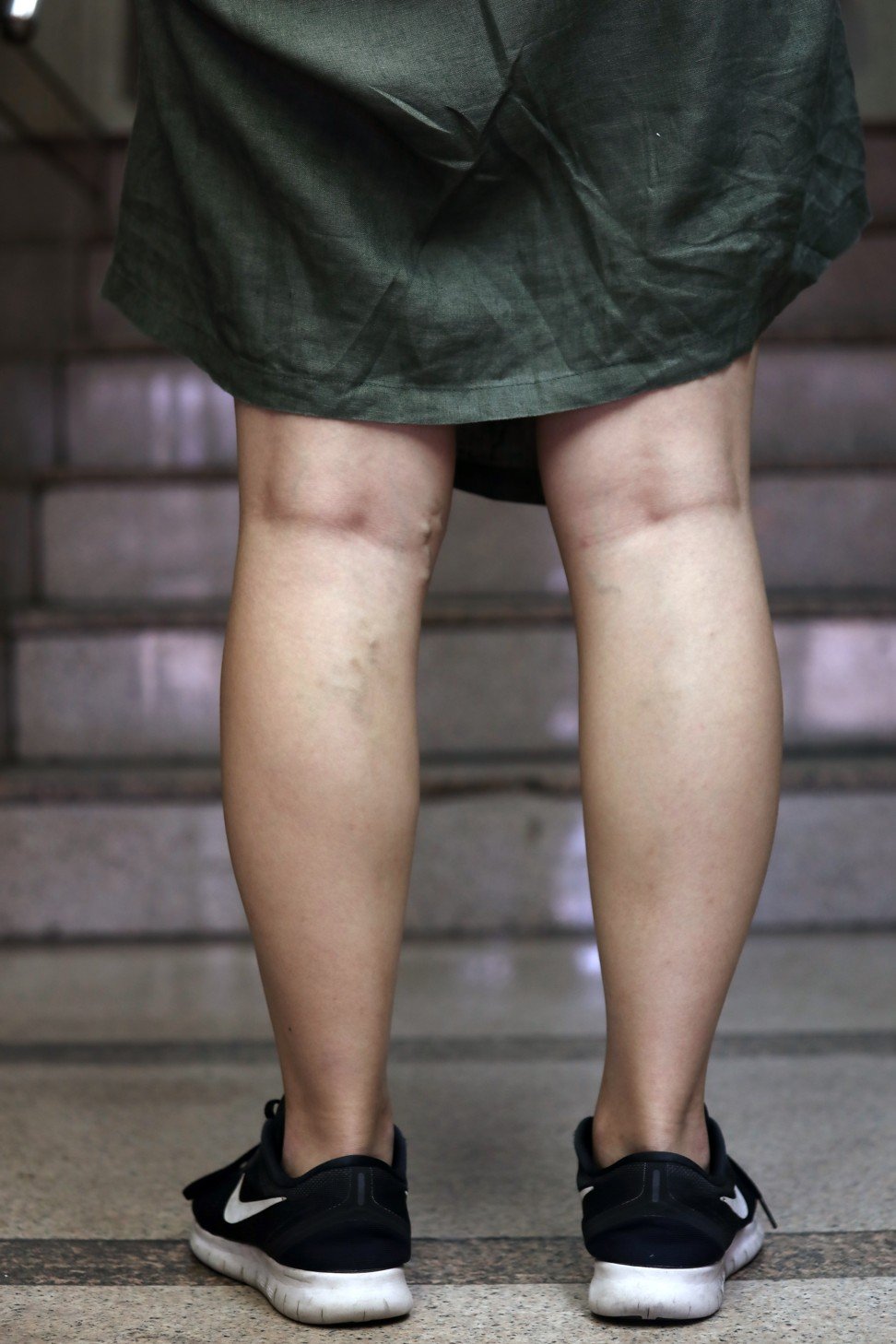
People who spend a lot of time standing, such as restaurant workers, are also more likely to get varicose veins, as are pregnant women, whose leg veins may be affected by the weight of their babies bearing down on them.
DVT, the curse of long-haul flights – and how to avoid risky condition
The term “spider veins” is commonly used to describe smaller leg veins with malfunctioning valves that appear as web-like clusters on the skin. According to Tse, the condition doesn’t require medical treatment as it isn’t considered an illness.
It won’t necessarily get worse, either. Tse describes it as a cosmetic condition that can be reduced using sclerotherapy, which involves the injection of medicine into bad veins to seal them off.
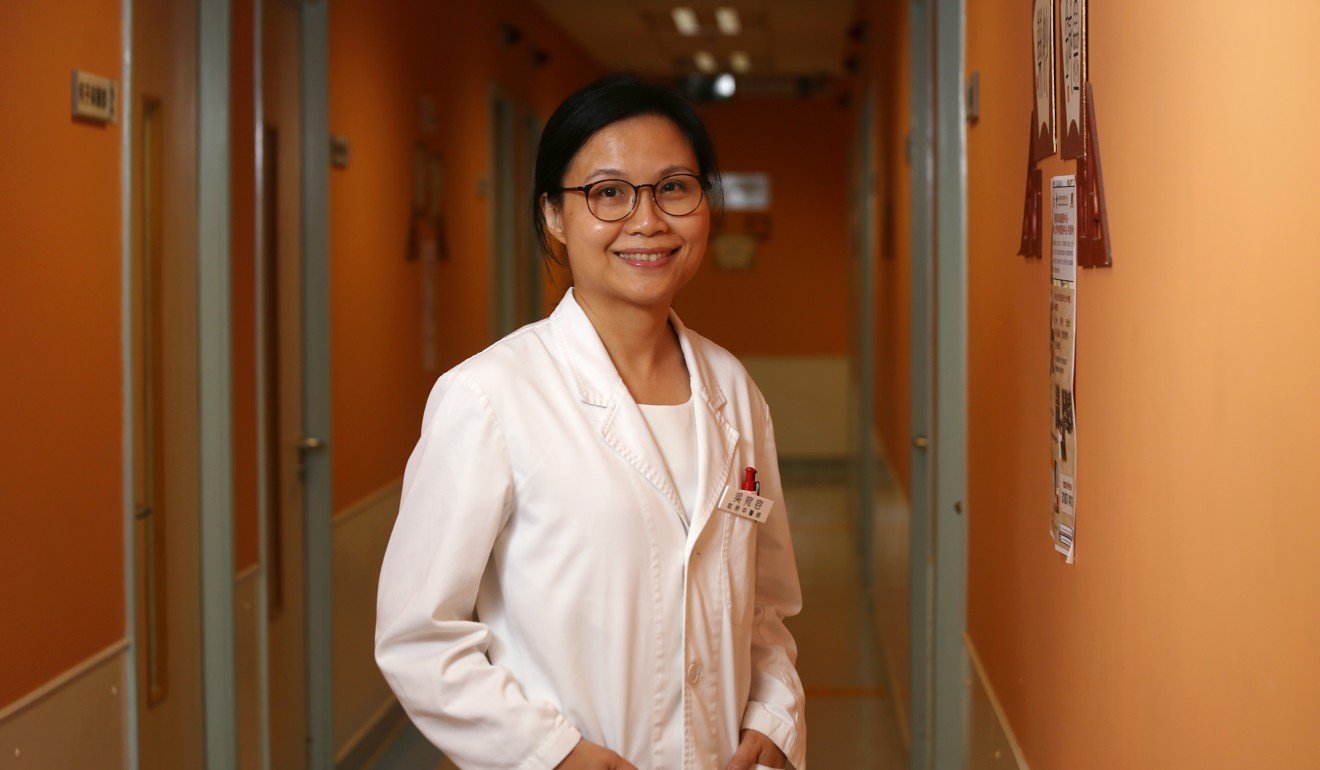
“Varicose veins” refers to larger, deeper leg veins with faulty valves. Tse advises patients to seek treatment when complications resulting from the illness, such as changes in the pigmentation of skin, itching, eczema and ulceration arise.
“Pigmentation occurs when the pressure inside the vein is so high, it pushes red blood cells to the surface of the skin and causes discoloration. The high pressure could also cause itching and eczema,” says Tse.
Before treating his patients, Tse scans for the exact location of malfunctioning veins using ultrasound. Instead of having diseased veins surgically removed, which is a relatively outdated procedure, many patients today can get away with minimally invasive treatments.
These include having a laser or radio frequency fibre inserted into the affected vein, or depositing medical glue into diseased veins via small puncture holes.
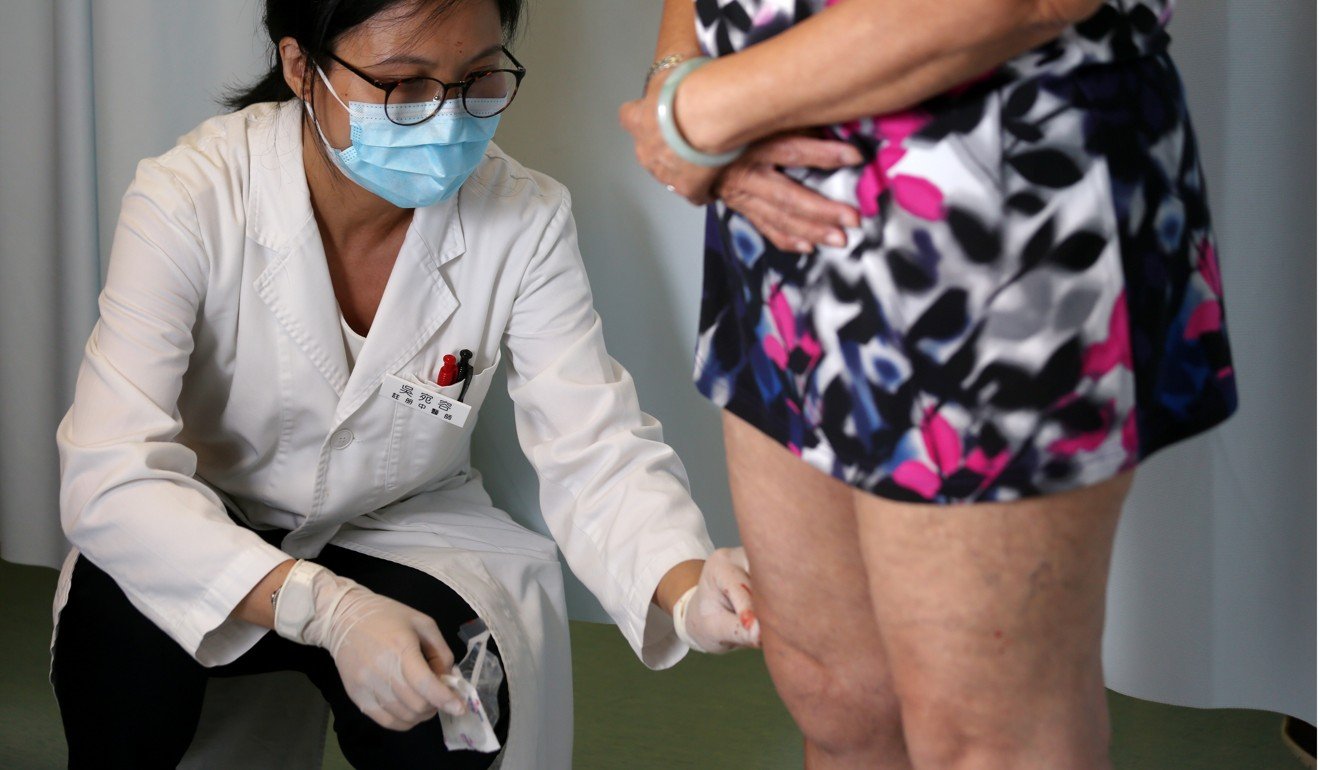
These treatments all work to seal off abnormal veins to prevent blood from pooling in them. The minimally invasive procedures typically require only local anaesthesia. Sometimes, sclerotherapy may then be used to treat the smaller varicose veins branching out from the sealed abnormal veins.
“The great thing about these keyhole operations is patients typically won’t need bed rest and can resume normal activities after just a couple of days. They will, however, need to wear compression stockings afterwards and avoid strenuous exercise,” says Tse. Compression stockings compress veins to help reduce venous pressure.
However, Hei, concerned about the price and safety of surgical procedures, decided to opt for the traditional Chinese medical alternative: bloodletting.
Eczema sufferer on her all-natural solution to beating her condition
“Bloodletting directly relieves the pressure in the veins that has resulted from malfunctioning valves,” explains Dr Ng Yuen-yung, a senior Chinese medicine practitioner at the Chinese University of Hong Kong’s Chinese Medicine Centre for Training and Research in Ngau Tau Kok. She shows the procedure on Ms Hung, a patient in her seventies who has returned for her second bloodletting session.
With a needle, Ng makes repeated punctures in Hung’s spider veins, and lets the blood flow from the wounds. “The blood is dark red because it’s been there for a while,” Ng tells us.
It looks and sounds gruesome, but Hung says the pain is tolerable, and that she has been able to walk better since her first session.
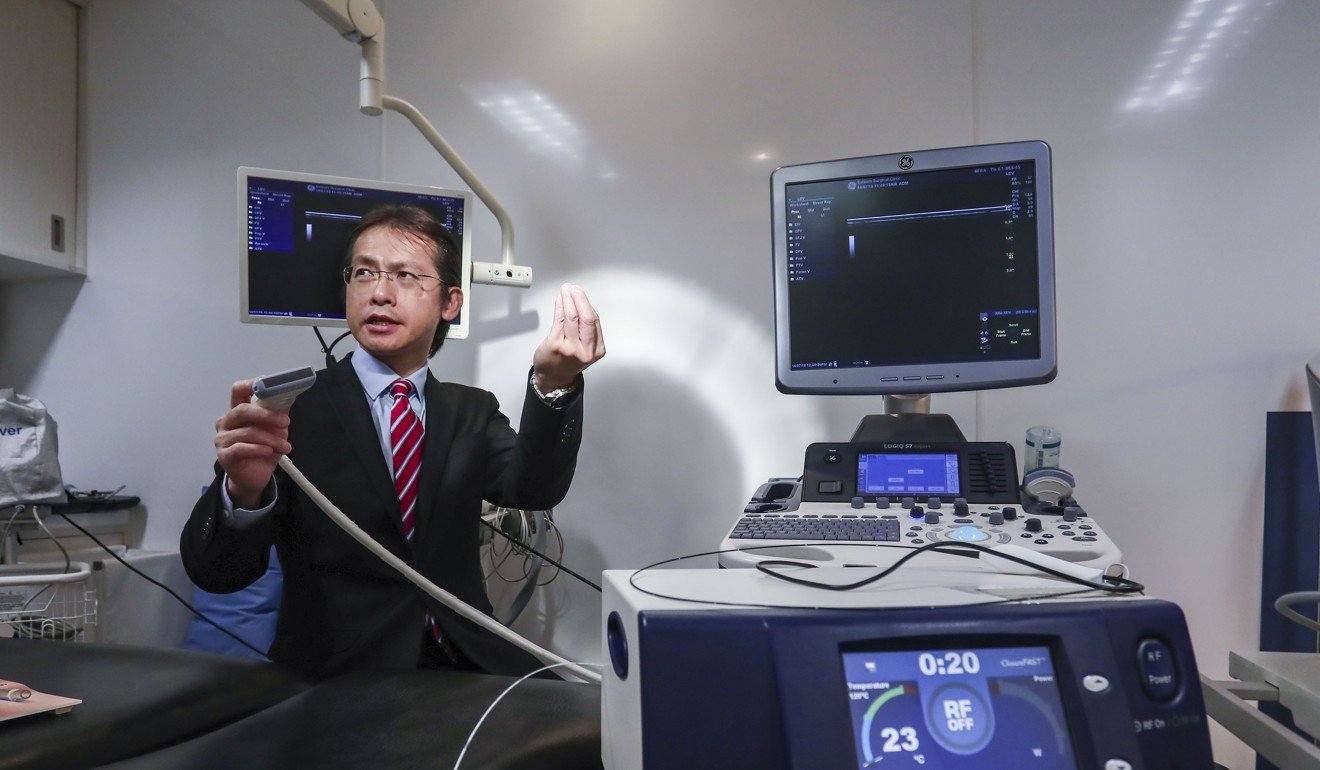
However, in some patients, regular bloodletting doesn’t cut it. That is when practitioners like Ng may consider using a more advanced form of the procedure, which involves heating the needle until it is red-hot, before puncturing afflicted veins. “The added heat is especially beneficial for patients who have an excess of yin – cold and dampness – in their bodies,” she says.
From the traditional Chinese medical perspective, the cause of varicose veins is mainly the lack of qi, or vital energy, in the body, which affects blood flow. Good qi is achieved when yin and yang are in harmony. After bloodletting, Ng prescribes her patients traditional Chinese medicine to help improve blood flow.
Mocktails, an app, tea sets: traditional Chinese medicine for 21st century
Ng says many patients require three to four bloodletting sessions to restore healthy blood flow. But are the results permanent? “One of my patients saw a recurrence 20 years after the procedure. So I’d say the results are pretty long lasting.”
Tse, on the other hand, claims that, once diseased veins are surgically sealed, venous reflux will not recur in those veins. A patient with a recurring varicose veins, he notes, is probably experiencing the condition in other veins.
Hei discontinued treatment after two bloodletting sessions, which left her feeling faint. Her symptoms persist, and she still tries to cover her legs up to her knees to make her condition less noticeable.

If your condition doesn’t require immediate medical attention, there are measures you can take at home to relieve symptoms. Massages, for instance, can help reduce swelling and encourage better blood flow. Certain creams can also help relieve symptoms, but will not cure the condition – and certainly cannot make spider veins disappear.
The only cure for varicose veins, according to Tse, is medical intervention, but don’t expect flawless results. “Even sclerotherapy won’t guarantee a 100 per cent removal of all traces of spider veins,” he says.
Hong Kong Olympian’s swimming school teaches kids life skills, too
Any exercise that involves leg muscles can also offer relief, but swimming tops Tse’s list. “The buoyancy of water can relieve the gravitational effects of venous reflux, and prevent veins from distending during exercise,” he says. If you prefer exercise on ground, Tse suggests putting on a pair of sports compression socks before hitting the road or the trails, and taking breaks at 30-minute intervals.
While compression socks can slow the condition’s progress, in healthy individuals, there is no evidence to prove that they prevent varicose veins.
To prevent varicose veins, both Tse and Ng advise against standing or sitting for prolonged periods. “If you’re sitting in an office all day, take a break at least once every hour,” says Ng. She also suggests that healthy individuals soak their feet in warm water at 42 degrees Celsius or lower for about 10 minutes every night as a preventive measure.

